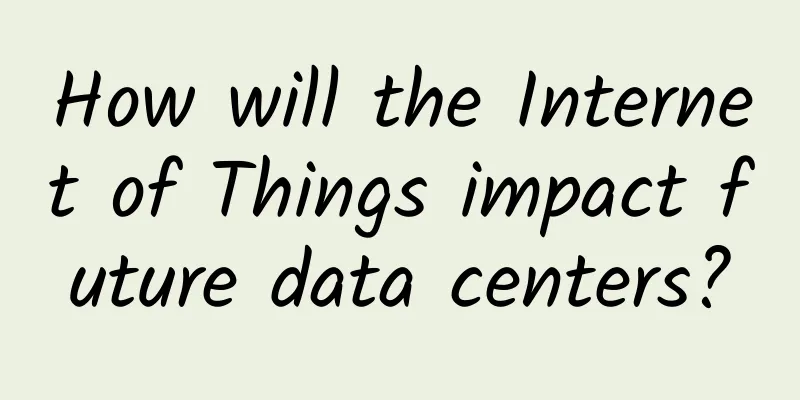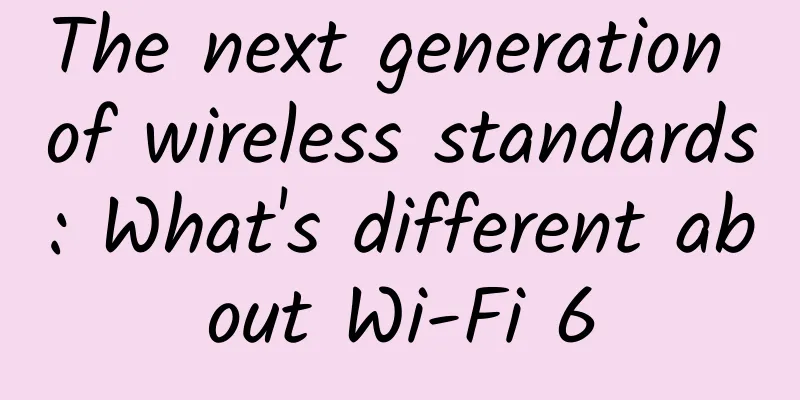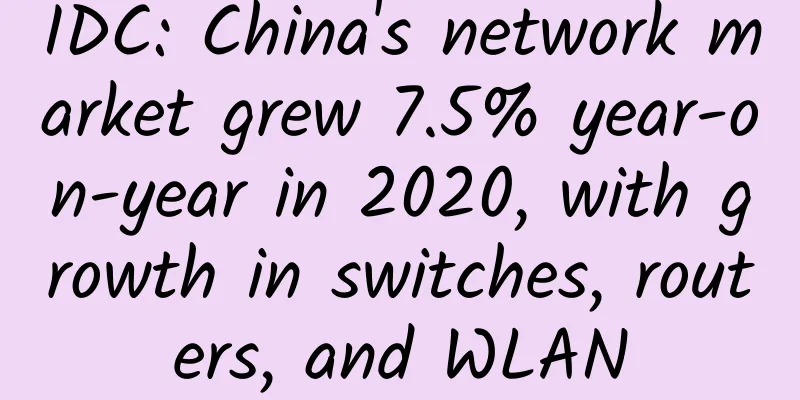How will the Internet of Things impact future data centers?

|
The Internet of Things is more than just an explosion of sensors. The future of the Internet of Things (IoT) can be inferred from how storage technology develops. One thing is certain: the generation of data and data traffic will increase dramatically. IoT data is considered unstructured, but in reality there are many data streams, each with its own structure. Much of the stored data is used once and then discarded or archived. What complicates the whole thing is that the data is used in near real time. For example, when you shop, the store you are in can be located. Personalized ads are often only valid for 1 to 2 seconds.
Most IoT data is "digested" (e.g., facial recognition translated into a storage location) as it enters a data center. The raw data is stored for a period of time, depending on what it will be used for, and it may eventually be transferred to disk storage. The product of digestion is a new, more valuable data stream. This stream, along with other data, is sent to a powerful analytics engine that uses big data techniques to perform reasoning. Big data engines are usually in-memory database engines with very large dynamic random access memory (RAM), several processor cores, and PCI-E interface solid-state drives (SSDs). Data is directly imported into memory or saved through SSDs. With the assistance of Hadoop or other distributed storage architectures, GPUs can achieve parallel processing, such as data search, at great speeds. Used data is transferred to SSDs and then stored in layers in massive storage arrays. Data centers will have a massive number of data feeders and analysis engines. Large-capacity storage will be scale-out object storage, with powerful compression/deduplication and 10TB drives. Network performance will be higher, upgrading from the standard 10Gbe to 25/50GbE. The aggregated bandwidth will be 10 times the current scale, and the backbone network will migrate to 100GbE as the mainstream technology. In the future of IoT, outbound devices will proliferate, ranging from advertising displays to smart fares and smart road signs. |
<<: Migrate to the cloud safely? See how Neusoft Cloud Start (NCSS) does it
>>: With so many mobile payment options available, which one will dominate the market?
Recommend
Comparison of LPWAN technologies: Ten criteria for successful implementation
Low Power Wide Area Network (LPWAN) is the fastes...
Basic network management knowledge of Linux operating system
Today's notes are mainly about the basic know...
Summary information: Casbay/98 Cloud/Asia Cloud/Journey Cloud/PUAEX
I will continue to share some of the merchant sub...
Huawei and partners build a "capability-based" ecosystem to accelerate digital transformation in thousands of industries
[51CTO.com original article] From "0 to 1, 1...
Z-Wave not concerned about potential threats from Project CHIP
This year marks the 20th anniversary of Z-Wave be...
How will 5G change the world?
5G is the latest mobile network technology that o...
The benefits of modern networks for businesses
Enterprise adoption of software-defined and virtu...
ZJI: Hong Kong Kuiwan server monthly payment will be reduced by 300 yuan, and 999 yuan will be rewarded with a 1,100 yuan voucher
ZJI is the original well-known host in the WordPr...
How to truly experience 1G internet speed in the 5G era? WiFi has become an important help!
According to statistics, 20% of the sites in hots...
Sketch of China's Government Cloud Industry in 2017
[[188315]] [51CTO.com original article] In the ne...
5 things you should know about monitoring tools
Does your IT team have too much data and not enou...
In the first half of the year, the number of Internet users in my country reached 940 million, and the number of active IPv6 users reached 362 million.
Yesterday, the China Internet Network Information...
After the confession failed, I understood the principle of TCP implementation
A few days ago, I posted a circle of friends and ...
Recommend a lightweight and fast file transfer tool for LAN
Project Introduction Fluxy is designed to provide...
Only after understanding these abnormal phenomena can we say that we truly understand the TCP protocol
Many people always think that learning TCP/IP pro...









